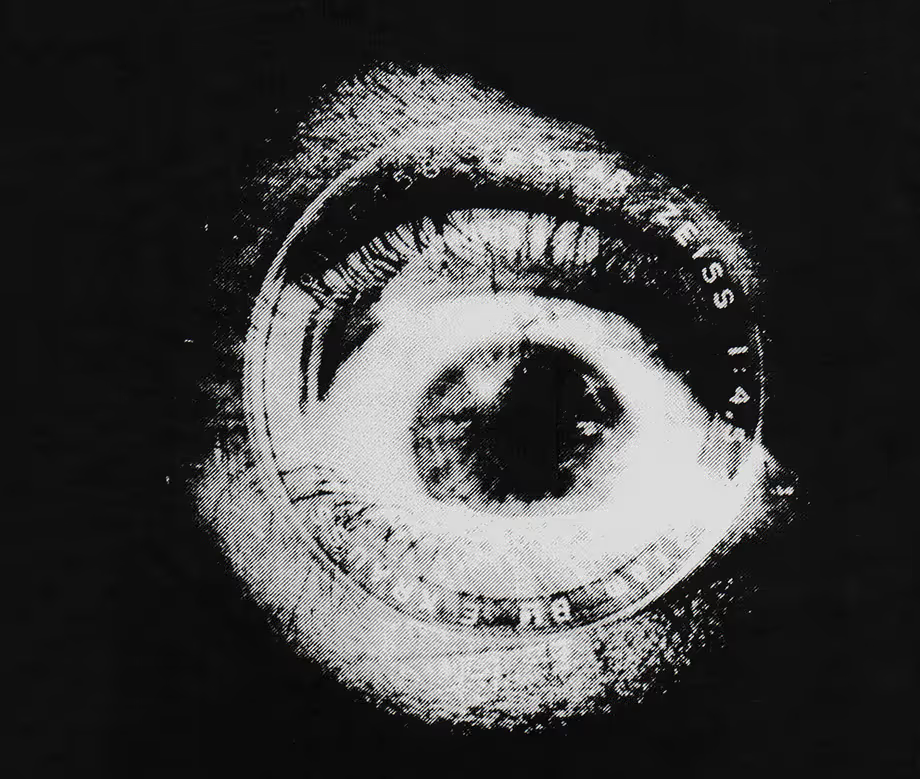The history of the Croatian Film Association and the history of Croatian amateur cinema
Amateurs from Yugoslavia participated in many international events. The most successful were O. Miletić (awards in Berlin in 1931 and Paris in 1933) and M. Paspa (awards in Amsterdam in 1932, London in 1933, and Barcelona in 1935). In April 1934, the first amateur film festival in Yugoslavia was held in Zagreb, followed in November 1935 by the first festival of international significance — the Pan-Slavic Amateur Film Festival.
In 1935, the film section became independent and formed a separate club (Zagreb Film Club), expanding its membership. The section/club also occasionally organized lectures on technical matters and the artistic aspects of film.

Amateur filmmakers also emerged in other cities: Ivan Tićak, Boris Pajkurić, and Milan Dilny in Rijeka; Dinko Mrkonjić, Vinko Marojević, and Ante Benzon in Split; Josip Vaništa in Karlovac; Branko Zimerman in Virovitica; and Vladislav Ilin in Novi Sad. Around 1936, another club was founded in Zagreb — the Amateur Film Society Romanija. Its members would later become prominent film professionals across various audiovisual fields: comic artists, animators, directors (Walter and Norbert Neugebauer); directors, screenwriters, and educators (Krešo Golik, Nikola Tanhofer); TV and radio host/director Ivan Hetrich; and actor Sven Lasta.
During World War II (1941–1945) and the fascist regime of the puppet Independent State of Croatia, film production was state-organized and encouraged. Prominent amateurs continued working, producing professional documentaries, educational films, and war newsreels. Some secretly collaborated with the Partisan movement.

After the establishment of socialist Yugoslavia, the pre-war amateur film organizations temporarily ceased operations. However, amateur filmmaking soon began to revive through the formation of new clubs as part of a state campaign to "bring technology closer to the people." In 1946, the Rijeka Photo and Film Club was founded, followed by Kino-klub Split in 1952 and the re-establishment of Kinoklub Zagreb in 1953. The clubs focused on amateur film production, along with regular film courses, screenings, and discussions.

While the amateur film system focused on mass technical culture, the second half of the 1950s saw the emergence of authors in clubs like Kinoklub Zagreb, Split, and Osijek who explored film as a medium for personal expression (Mihovil Pansini, Tomislav Gotovac, Vladimir Petek, Ivan Martinac, and others). Clubs became creative hubs for students and intellectuals wishing to experiment with unconventional film styles. Local, republic-level, and national festivals of amateur film began spreading across Yugoslavia.

That same year, the Croatian Film Association (HFS) was formed as the umbrella organization for amateur film clubs in Croatia — the only such association in Yugoslavia to survive its dissolution and the post-Yugoslav transition.
In 1965, as a prelude to the Pula Film Festival, the first Interclub Amateur Film Festival (MAFAF) was held in Pula by the “Jelen” Film Club. Until its end in 1990, MAFAF remained the largest amateur film event in Yugoslavia.

Existing clubs continued with reduced intensity. New authors appeared in cities like Rijeka (Luković and Trinajstić) and Osijek (Faktor and Dozet). New initiatives attempted to revive GEFF's experimental spirit, such as Zagreb Film Days (ZAGFIDA, 1974), Petek’s FAVIT (Film, Audiovisual Research, Television, 1979), and the Alternative Film Assembly in Split (1977–1987).
In 1974, HFS began archiving and restoring amateur films, creating a film archive that today houses about 1,000 analogue titles and around 4,000 video works, including works by the renowned Čakovec School of Animated Film (founded in 1975).


Toward the decade's end, the former Summer Film School was renewed as the School of Media Culture (today named after Ante Peterlić). A new wave of independent and club filmmakers (Bogojević Narath, Bukovac, Knežević, Kožul, Kuduz, Mezak, B. Narath, Raos, A. Šimičić, Zrnić, etc.) emerged, embracing video to continue experimenting with electronic formats.

Archival films are being digitized, restored, distributed, and screened in prestigious cultural centers worldwide — from the Centre Pompidou in Paris and Tate Modern in London to MoMA and Anthology Film Archives in New York. Educational projects have expanded across all age groups: specialized workshops, seminars, in-cinema and online film education, and media literacy programs. HFS supports the establishment of new film clubs and youth film groups by providing logistical, organizational, and technical assistance, as well as helping to launch new festivals and showcases for children and youth. Despite working under emergency conditions due to damage to Tuškanac Cinema in the earthquake, HFS has continued to rebuild its technical and human resources. In its 62nd year, at the end of the first quarter of the new millennium, the association brings together 39 member organizations across the audiovisual field.



